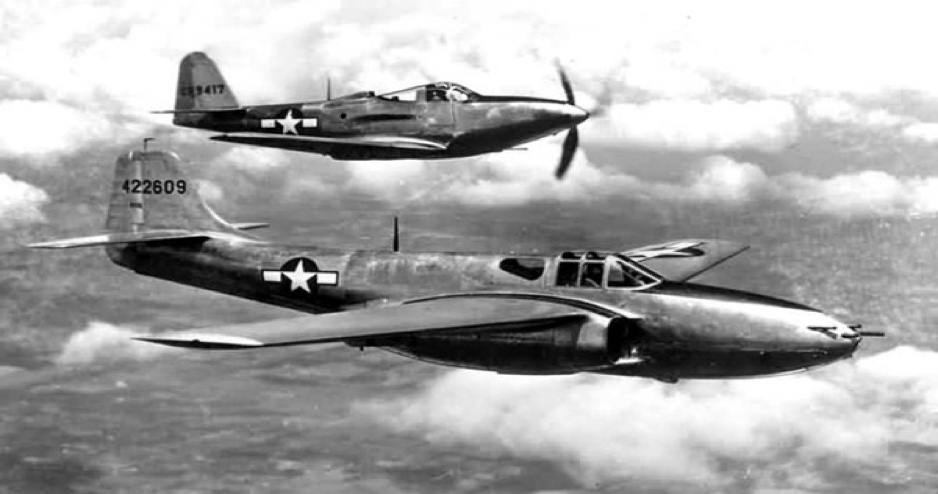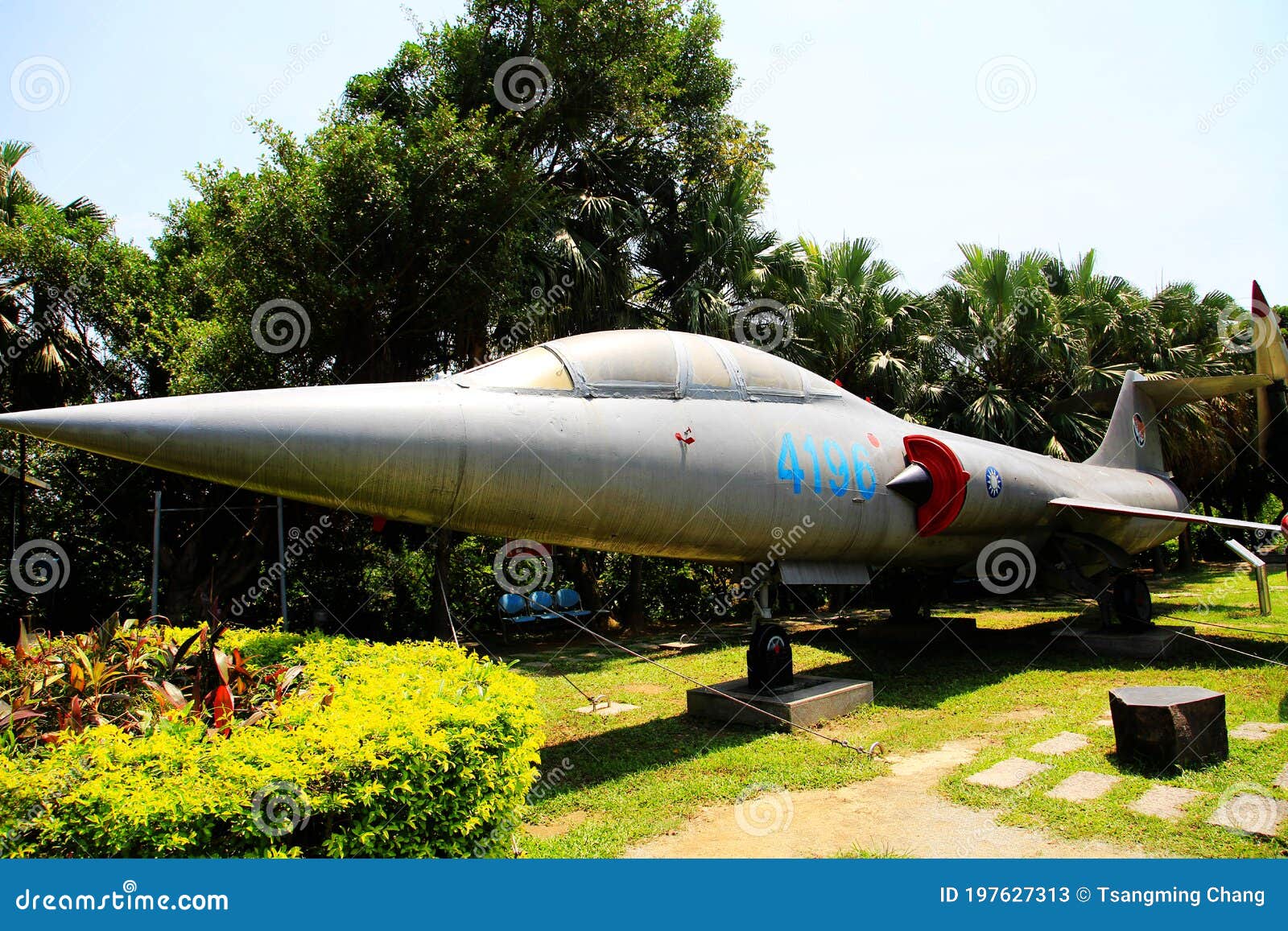First Generation Jet Fighter History

Introduction to First Generation Jet Fighters

The history of jet fighters began during the final years of World War II, with the first operational jet fighter being the German Me 262. The development of jet engines and their integration into fighter aircraft marked a significant shift in military aviation, offering higher speeds and new tactical possibilities. The first generation of jet fighters, which emerged in the 1940s, laid the foundation for the modern jet fighters that followed. This period was characterized by rapid innovation, experimentation, and the initial deployment of jet fighters in combat.
Key Characteristics of First Generation Jet Fighters

First generation jet fighters were primarily distinguished by their jet propulsion, which provided a significant increase in speed over traditional piston-engine aircraft. However, these early jets also had several limitations, including: - Short range: Early jet fighters had limited fuel capacity, which restricted their range and endurance. - Poor maneuverability: The first jet engines were not as efficient as later models, and the aircraft themselves were often heavier and less agile than their piston-engine counterparts. - Armament: The armament of early jet fighters was often less sophisticated than that of contemporary piston-engine fighters.
Notable First Generation Jet Fighters

Several jet fighters from this era are noteworthy for their historical significance and performance: - Me 262 (Germany): The first operational jet fighter, used by the Luftwaffe towards the end of World War II. - Gloster Meteor (UK): The first Allied jet fighter, which saw combat in the final months of World War II. - P-80 Shooting Star (USA): The first operational jet fighter used by the United States Army Air Forces, introduced near the end of World War II. - Yak-15 (USSR): An early Soviet jet fighter, derived from the Yak-3 piston-engine fighter.
Combat History and Impact

The introduction of jet fighters into combat during World War II was a significant development, though their impact was limited due to the late stage at which they were introduced and the small numbers produced. The Me 262, for example, proved highly effective in air-to-air combat, but its production and deployment were too limited to change the course of the war. The Allies’ jet fighters, like the Gloster Meteor, also saw limited action. Despite these limitations, the first generation of jet fighters paved the way for the development of more advanced jet aircraft in the post-war period.
Technological Advancements and Challenges

The development of first generation jet fighters was marked by significant technological challenges, including: - Materials and Construction: The high speeds and stresses associated with jet flight required the development of new materials and construction techniques. - Engine Reliability: Early jet engines were prone to failure and had short lifespans, which limited the operational effectiveness of these aircraft. - Aerodynamics: Understanding and adapting to the aerodynamic characteristics of jet flight at high speeds was a major challenge.
🚀 Note: The innovation and experimentation during this period, despite the challenges, laid the groundwork for the rapid advancements in jet fighter technology that would follow in the decades to come.
Legacy of First Generation Jet Fighters

The first generation of jet fighters, though limited in their operational impact during World War II, had a profound legacy. They: - Initiated the Jet Age in military aviation, marking the beginning of a new era in fighter design and capability. - Influenced Post-War Aviation, with their technology and design principles being developed further in the jet fighters of the 1950s and beyond. - Set the Stage for Modern Warfare, where air superiority would become a critical component of military strategy, with jet fighters playing a central role.
As the world transitioned into the Cold War era, the development of jet fighters continued at a rapid pace, with subsequent generations incorporating more advanced materials, designs, and technologies. The evolution of jet fighters from their first generation has been marked by continuous innovation, driven by the demands of military strategy and the pursuit of air superiority.
In reflecting on the significance and development of the first generation jet fighters, it becomes clear that their impact was not limited to their immediate operational use but extends to the foundational role they played in the evolution of modern military aviation. Their story is one of innovation, challenge, and the relentless pursuit of technological advancement, setting the stage for the sophisticated jet fighters that would follow and continue to play a critical role in modern military capabilities.
What was the first operational jet fighter?

+
The first operational jet fighter was the German Me 262, used by the Luftwaffe towards the end of World War II.
Which Allied country first developed an operational jet fighter?

+
The United Kingdom was the first Allied country to develop an operational jet fighter, with the Gloster Meteor seeing combat in the final months of World War II.
What were some of the limitations of first generation jet fighters?

+
First generation jet fighters had several limitations, including short range, poor maneuverability compared to some piston-engine fighters, and less sophisticated armament.



